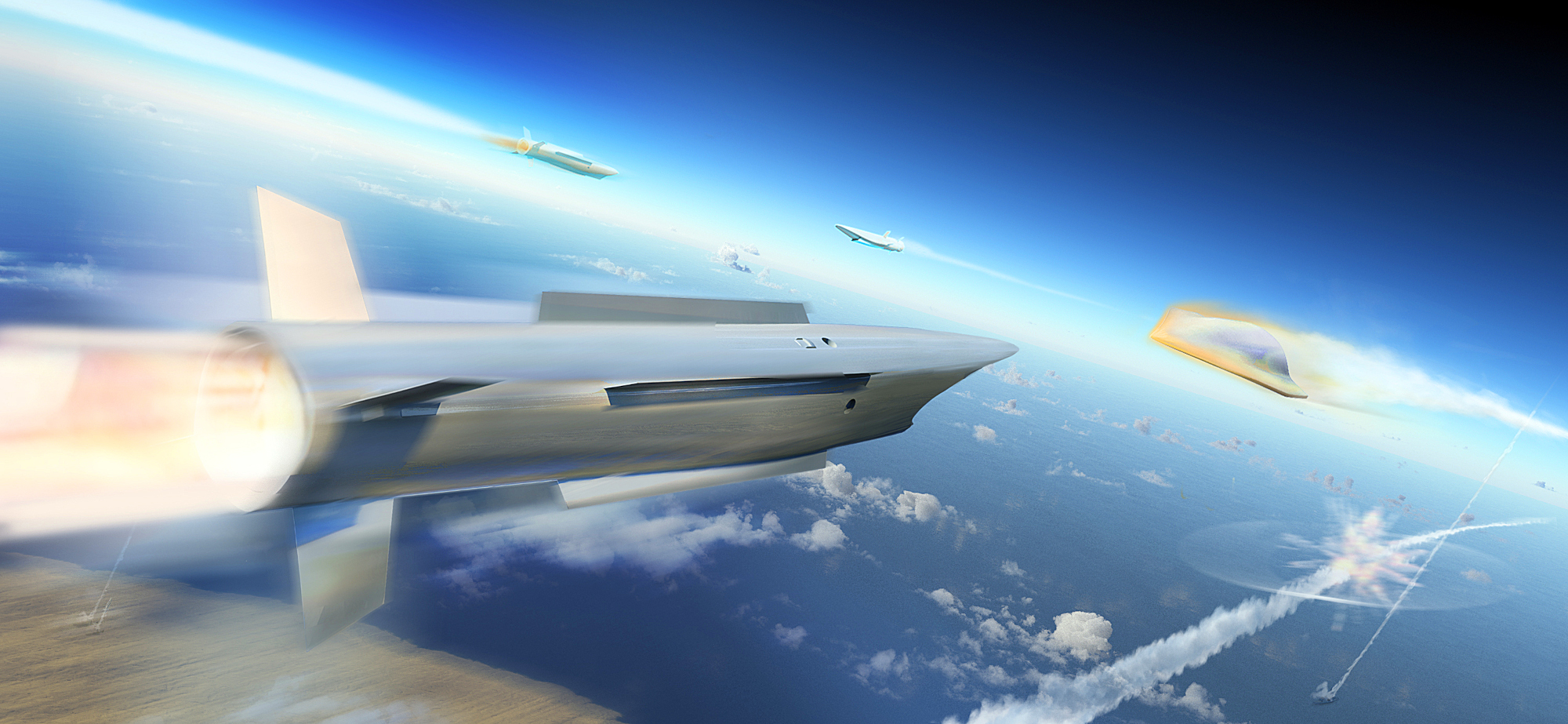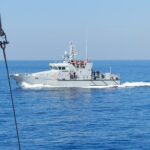Russia, China and North Korea have missiles with very high velocities. The EU cannot yet combat such systems.
For the first time, the EU Commission has released funds from the European Defence Fund. The first €1.2 billion is to be spent on 61 projects, including the development of sixth-generation combat aircraft. The largest chunk, about €100 million, will go to the European Hypersonic Defence Interceptor (EU-HYDEF) project, which is working on systems to detect and defend against so-called hypersonic weapons. This refers to aircraft that fly faster than five times the speed of sound (Mach 5).
Hypersonic weapons exist in various designs. Ballistic missiles, for example, can reach Mach 6 when launched from a fighter jet, which itself flies at supersonic speeds. Hypersonic gliders are constructed in a completely different way. They are transported by a rocket up to a hundred kilometres into orbit, where they circle around the earth. Above the target, they then plunge back into the atmosphere.
In this way, the new types of weapons can reach practically any place on Earth at great speed. Attacks can come from unforeseen directions. Due to their design, hypersonic gliders also fly in a trajectory that is difficult to calculate, partly because of the friction that makes the aircraft literally “bounce”. These characteristics require a completely new set-up of missile defence systems – if they respond at all to projectiles with such high speeds.
Currently, only Russia, China and North Korea have hypersonic weapons. While the latter two have so far only undertaken test flights with gliders, the Russian military used two “Kinschal” missiles with hypersonic speed for the first time in a war at the beginning of the Ukraine war; the projectiles hit near the border with Poland. The USA is also researching such systems, but after several setbacks, a functioning prototype is not expected until next year at the earliest. India, Japan, Great Britain, France and Australia are also reportedly working on such systems.
The EU-HYDEF project to combat hypersonic weapons is led by the Spanish defence company Sener. The project operates under the “Spanish initiative for missile systems”, which is why companies and institutes from the country dominate it. However, the 13 participants from seven countries also include the German company Diehl Defence, which itself builds defence systems against missiles.
The weapons systems developed in EU-HYDEF are to be ready for use by 2035. Support comes from another EU project, “Timely Warning and Interception with Space-based TheatER surveillance” (TWISTER), which is funded within the framework of the Permanent Structured Cooperation (PESCO). Here, too, a system is to be developed for defence against “hypersonic threats through space-based surveillance”. This refers to military observation by satellite: because hypersonic weapons heat up to 2000 degrees Celsius due to their extreme speed, they are easy to identify and track by military satellites.
Published in German in “nd”.
Image: TWISTER/ Mourad Cherfi.





Leave a Reply